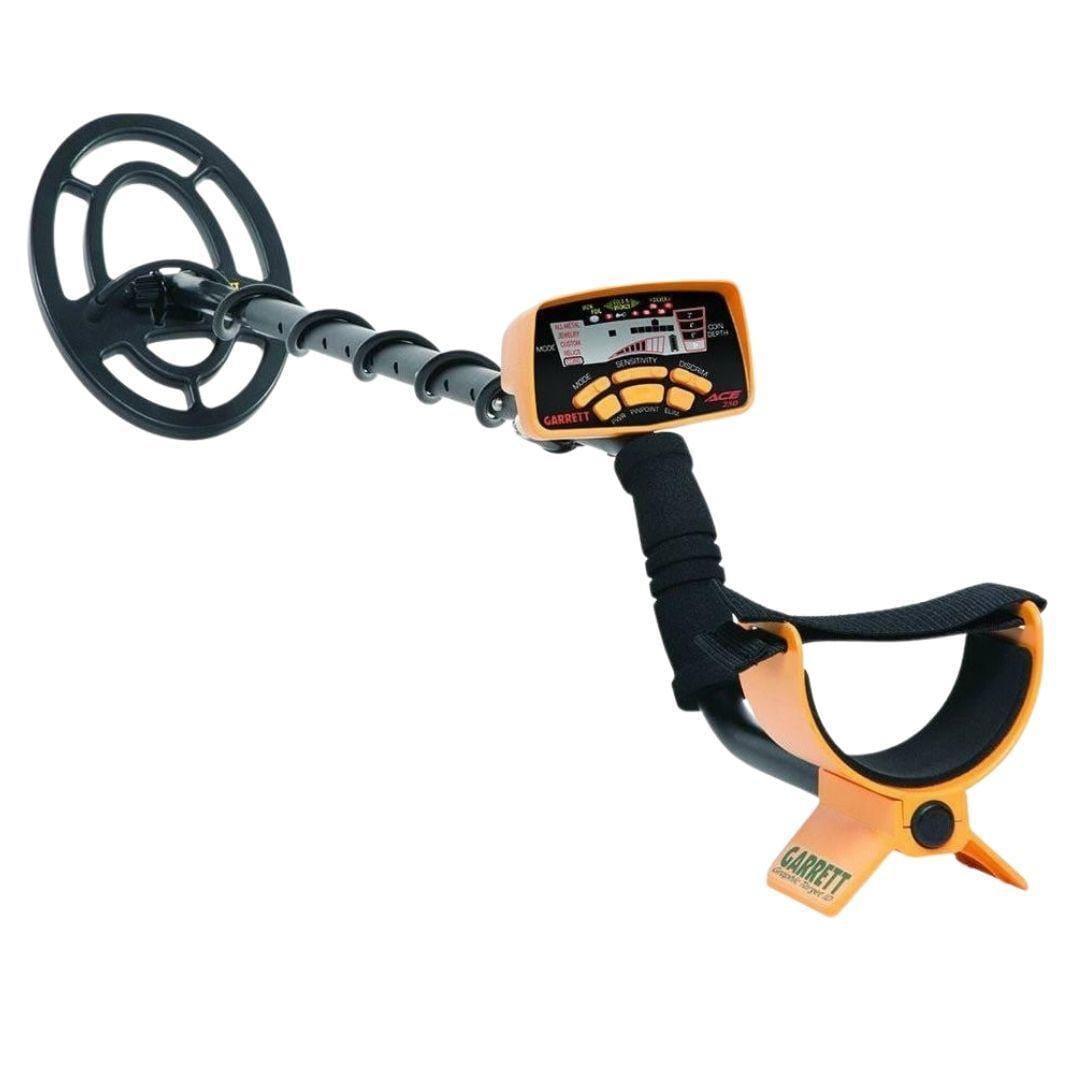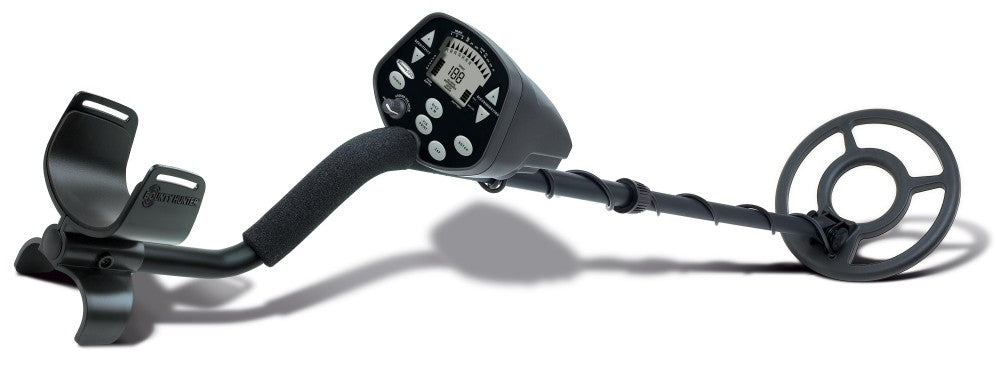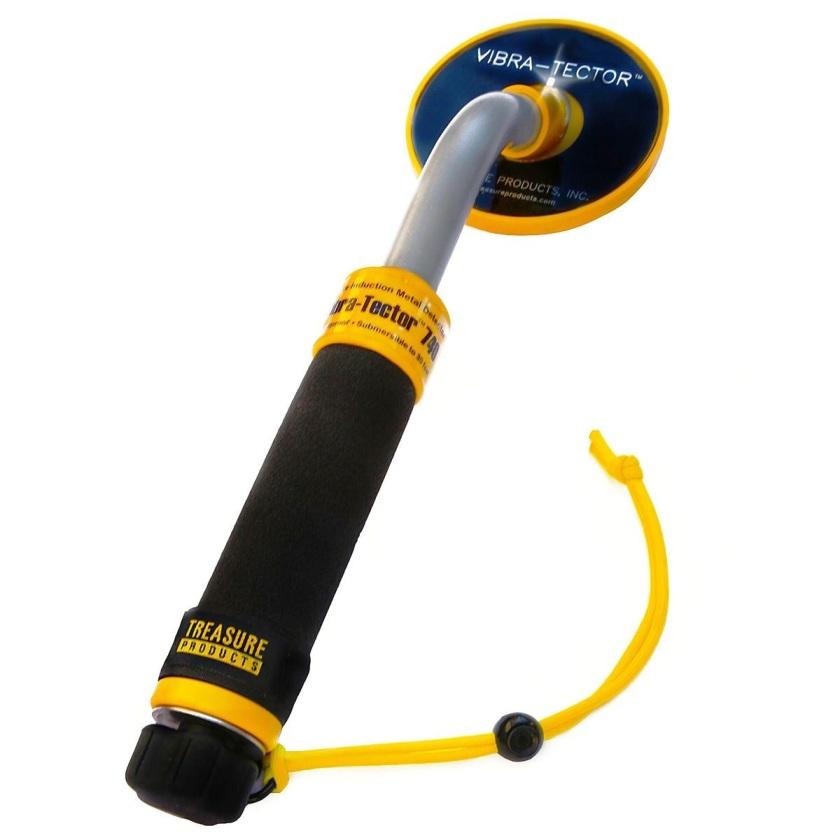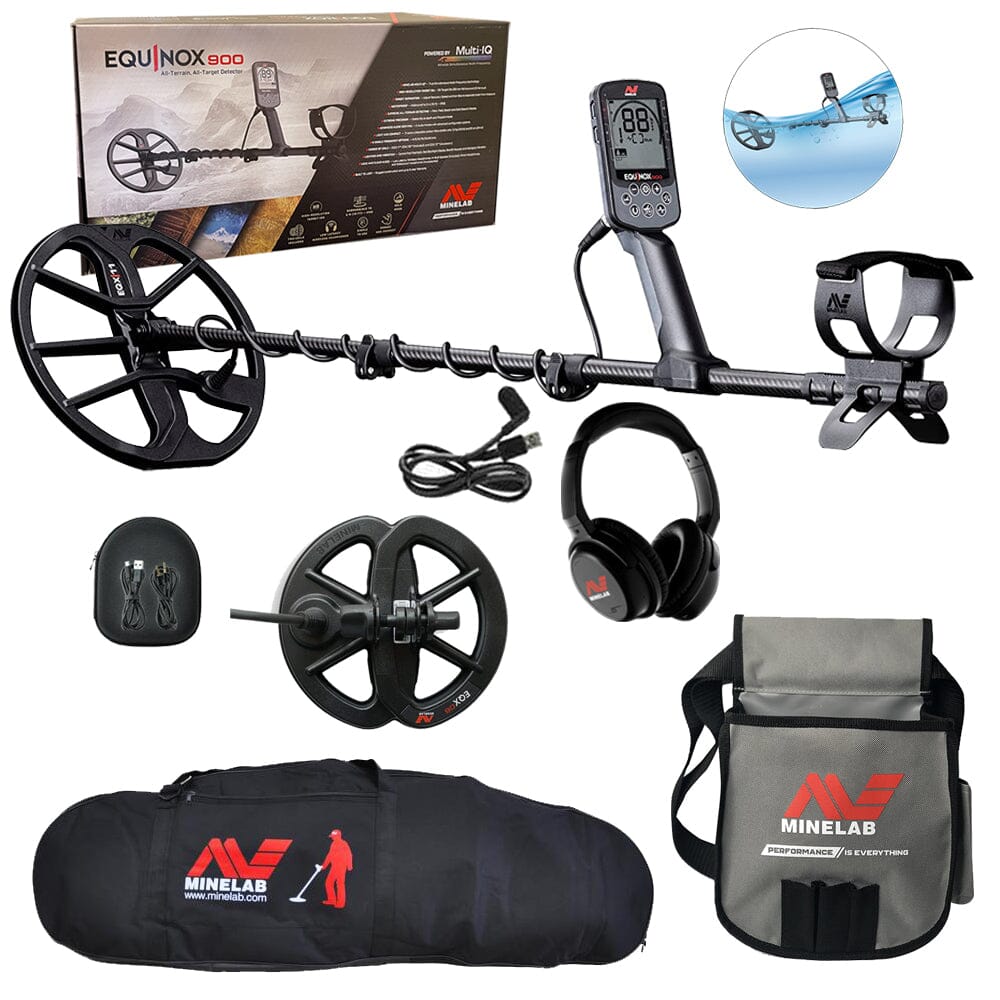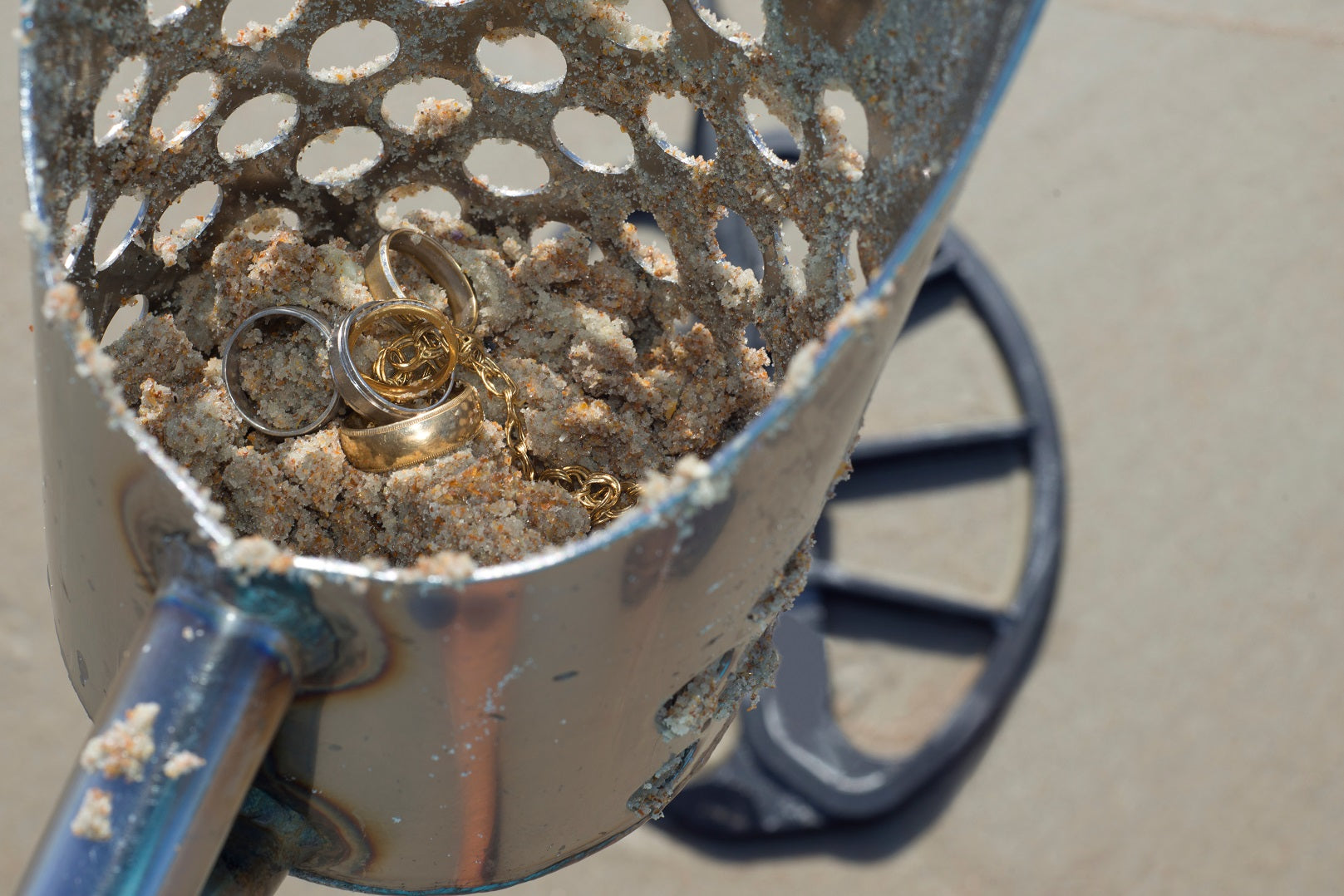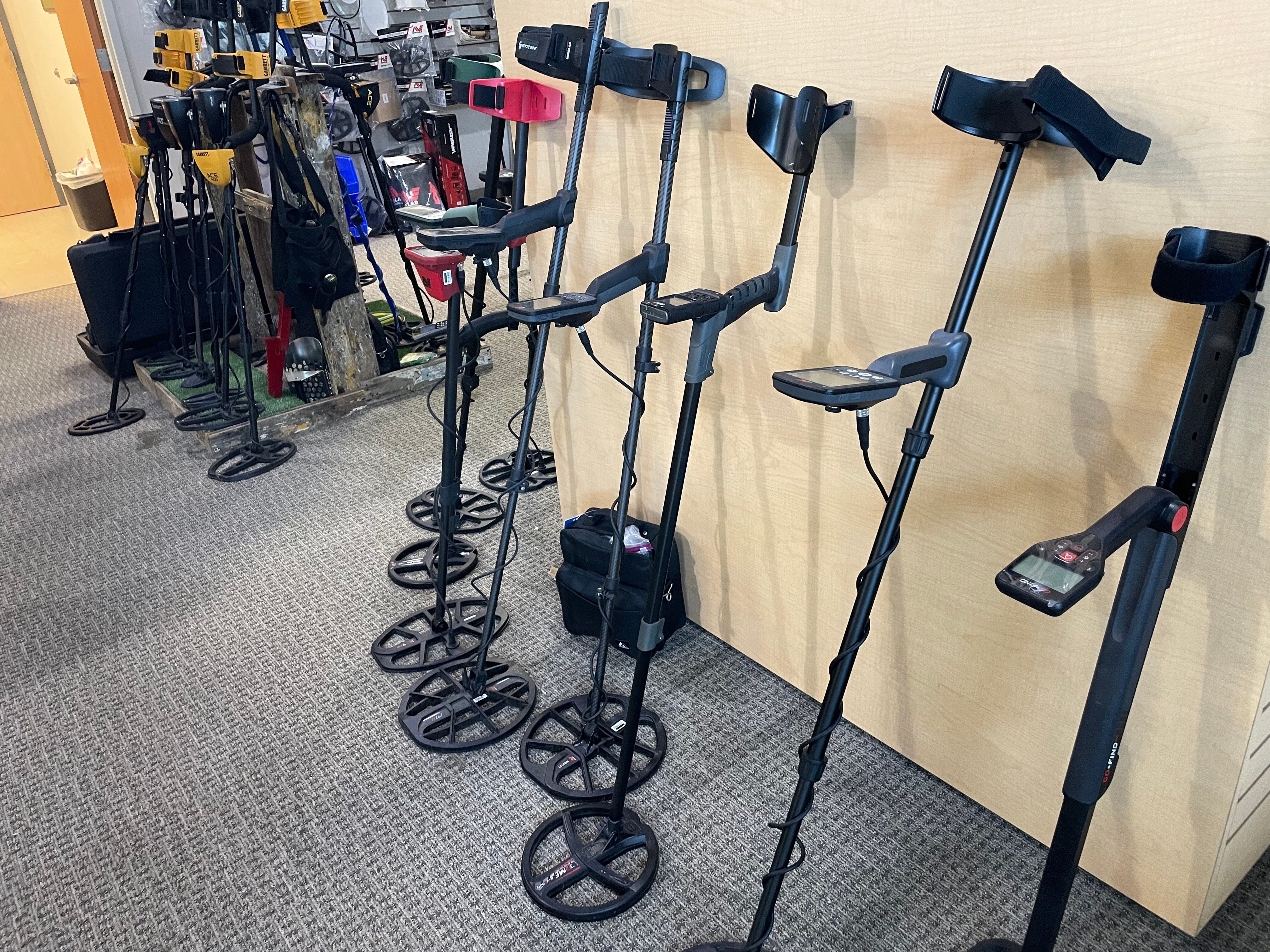FAQ: How do you find good metal detecting sites?
How to find good metal detecting sites is one of the most frequently asked questions we get here at High Plains Prospectors. It is also the number one thing to consider when getting into metal detecting because the fact is:
Location is the number one factor to success in metal detecting.
For the most part, all metal detectors do the same thing. They send our a radio wave and receive it back. That information goes to some sort of processing "computer" and the machine provides feedback to the user to determine what the object beneath the earth might be. Then the user decides whether or not they want to dig the target. But, if there are no good targets to dig, the metal detector is totally worthless, right? At least at that location anyway.
Of course beaches, old colonial properties, and nugget bearing gold fields are great places to detect. But, not all of us in the U.S. have either readily accessible. So, finding a site is a really important part of metal detecting for most people and not the easiest thing for some. In this article I am going to give you four ways (with actual resources you can use today) to start finding good sites to metal detect. Bear in mind, this article is directed to people in the United States and more specifically people located in the western part of the U.S. Although it certainly applies to other regions. I get extremely tired of people in Europe bragging about their finds and poking fun at us Yankees for getting excited over finding an 1800's silver coin. We have what we have and have to make due with it.
I always get the question:
Are really any good sites left to metal detect?
The answer is YES. We sell thousands of metal detectors each year. You would assume with so many metal detectors out there that every imaginable target would have already been dug up. You would be assuming wrong.
The are a few reason there are so many good sites left to metal detect. First, the average metal detectorist is typically hitting parks, beaches, and other public places. They are not avid detectorists. They won't or aren't physically capable of getting to the honey holes. The second reason is because some people are afraid to ask permission or they don't know the resources needed to even find the right properties to ask permission. Finally, a great number of the good sites to metal detect resemble little more than a field or thicket of trees. These sites once housed a great number of people - long ago and for long periods of time. Any trace of the existence of man has since been erased.
The next question you have to ask yourself, is:
What makes a good metal detecting site?
I always tell people to use the equation:
Time + Traffice = Treasure
The longer a place has been inhabited, and the more human traffic it had, the better the site to metal detect. Here are a few good types of properties that make good metal detecting sites.
Old Homesteads or Farmsteads
Old homesteads that were occupied up until the end of Great Depression are good locations to metal detect. These were times when people didn't trust banks. Where better to hide your valuables from potential thieves than underground? In the 1800's there was a time called the "Wild West". There were robbers, looters, and raiders all across the unsettled U.S. In our area around Kansas City, for instance, there were border wars where Quantrill's Raiders, also known as "bushwackers" and John Brown's men constantly clashed in a period known as Bleeding Kansas. During this period a great many homesteads were burnt to the ransacked, raided, and burnt to the ground. The only evidence of their existence may be a few foundation stones.
Old Ghost Towns
Wherever people settled in any decent number, you would likely find a small town to support them and their needs. Many of these towns only hosted maybe a post office, a saloon, a general store, a grain mill, and perhaps a brothel. Whatever amenities they had, they were central gathering points for travelers and nearby homesteaders. People would make trips into town to buy supplies. Cowboys would come to town to wetten their whistles or do whatever cowboys do at brothels. Whatever their reason to be there, these were places with significant traffic for the time and great places to metal detect. They too can often only be noticed visually by a few scattered stones. Some of them were rail road towns and can still can be found along existing rail roads.
Battle Sites or Properties Nearby
Gaining access to battle sites can be challenging since many of them are registered historic sites. But, you have to keep in mind, that the soldiers fighting had to get there some how and anytime you have hundreds or thousands of men traveling from one place to another, things are bound to be dropped or lost. That, and bullets fly...long distances. So, adjacent properties are great places to hunt. People were advancing and retreating and when you are in a hurry, you often get careless of what you are carrying. Battle sites are pretty easy to find. As I mentioned, they are all typically registered. However, there were tons of small skirmishes that are not on the historic registry. Small town local history will have the information on the locations of these skirmishes.
Water Sources Along Historic Trails
When people traveled in the old west, they were constantly needing fresh water to drink and replenish their horses and livestock. Since there were very few wells dug at the time, they relied upon natural sources for water. These sources would be streams, rivers, and natural springs. In our area, where the Santa Fe, California, and Oregon Trails converge, a great number of metal detectorists hunt along the water sources with much success.
Homes Built in the 60's or Earlier
When I tell some new detectorists this, they are surprised. But, since most shiny coins minted before 1965 were made of silver, and still in circulation after that, these properties and even some newer ones will have a good chance of having some silver in the yards. Old neighborhoods near current downtown areas of a city are great places to detect. Many of these homes were thrown up after the World Wars to house homecoming soldiers. They are much smaller than modern day homes, but many of them have as large a yard. Start in the front (where there was more traffic) and then move to the back (where the families gathered). Along those same sidewalks, driveways, and approaches are also good places to metal detect. Unlike old parks, which have been ransacked by detectorists, these private properties are less likely to have been hit hard.
Indian Villages
This one is a bit controversial. Of course any archaeological site is most likely off limits unless you can join a group assisting the archaeologists. And, burial grounds are something I refuse to hunt (however not all detectorists care). But, small bands of Native American's roamed the Midwest for many, many, centuries. These indigenous people traded with Spanish, French, and English explorers for many centuries. There were fierce battles between the two at times and there are excellent opportunities to find interesting and even valuable treasure on or near theses sites. There are plenty of these sites on private land which is fair game.
So, those are some good places to look. Now for the answer to:
How to Find Good Places to Metal Detect
Online
There are thousands if not millions of resources which can be found online to aide in the locating of good metal detecting sites. Remember though. These are available to everyone and sometimes, if you dig deeper than online, you will find more valuable resources. Here are a few good online sources you can start using today:
Historic Plat Maps
When the U.S. Geologic Survey was conducted in the late 1800's the government carefully staked out the entire country. Within these maps, they noted elevations, roads, rivers, and pretty much any structure that they encountered. They noted the locations of buildings as well. This can be very valuable in locating old homesites, ghost towns, etc. Typically I recommend simply Googling your county name followed by the words "historic plat maps". More than likely this will turn up what you are looking for.
Links for plat maps:
State Historical Society of Missouri
(You most likely have one in your area too. Click Here to find yours.)
Google Earth
Google Earth is an invaluable resource for doing aerial reconaissance. Combined with historic plat maps, you can overlay the maps into Google Earth in order to help pinpoint good metal detecting sites. Below is a video on how to do that.
Books
For the newer generations, these are things that have paper with words on them and are bound together in a tangible form of some sort. The good news is, that a lot of them (even really old ones) have been digitized in some form. Google Books is a good place to look. Sometimes you will simply stumble across one during research. For instance, I stumbled across a very thorough book on my state, Kansas, while researching a particular location. The book, A Standard History of Kansas and Kansans, at 1700 pages, the book covers the early history of Kansas in great detail and was written in 1918. I prefer the older books as they provide a closer insight as to what happened in their recent history unlike you can get in a book written in more modern times. Simply search for something like "History of Texas Book" and it will likely turn up something good. That being said, a lot of people nowadays rely on the internet for their research. The internet does not have every book digitized. Finding a copy of a real book and taking the time to read it will give you a leg op on your metal detecting competition.
Local Historical Society or Museum
Even my small home town of 2,000 people has a small history museum. They are typically a great resource on local historic locations. The curator is most likely someone with great knowledge of the area and their job is to talk about it. Give them a call and let them know that you are interested in the history of their area and let them know what you do. They may even help you gain access and permission to locations. Let them know that any relics or interesting items you find will be donated to the museum. We did this at a museum near us that actually was location on a historic site and it worked perfectly. We even donated any coins we had as a monetary donation. After detecting around the historic site the curator let us know that he owned some property that was once an old military byway and we had several good finds that day.
Driving
I like too look about as I am driving. Often visual-ground reconaissance is a great way to located old structures. What a lot of people don't know is that those clumps of trees in the middle of a crop field are there for a reason. Quite often this is because it was easier for the farmer to plow around an old foundation, cellar, or well than to remove them. Over the years trees will grow up around the old structures. When you see this, jot down a note of the location then do some research to try to find the property owner. In the video above, I show how to find the property owner. It is easier than you think.
Old Timers
Act fast on this one. Our knowledgeable elders are quickly disappearing but they are often loaded with information about the history of their area and a great deal of them are more than happy to discuss it. Bend your ear, sit down and have a cup of coffee with them from time to time. Tell them about your hobby and the history that comes with it. More than likely they will know a connection to someone who may have a location that you can access.
I hope this helps answer one of the most frequently asked questions we get at the shop and helps you better locate places to metal detect. As always you are welcome to call us at the shop to discuss this topic further.
Stay tuned to our blog for upcoming articles and episodes by following us on your favorite social media outlet to stay informed of releases:
YouTube: HighPlainsProspectors
Facebook: @highplainspropsectors
Instagram: #highplainsprospectors
Twitter: @HProspectors
Pinterest: @highplainspro0247
You Might Be Interested In
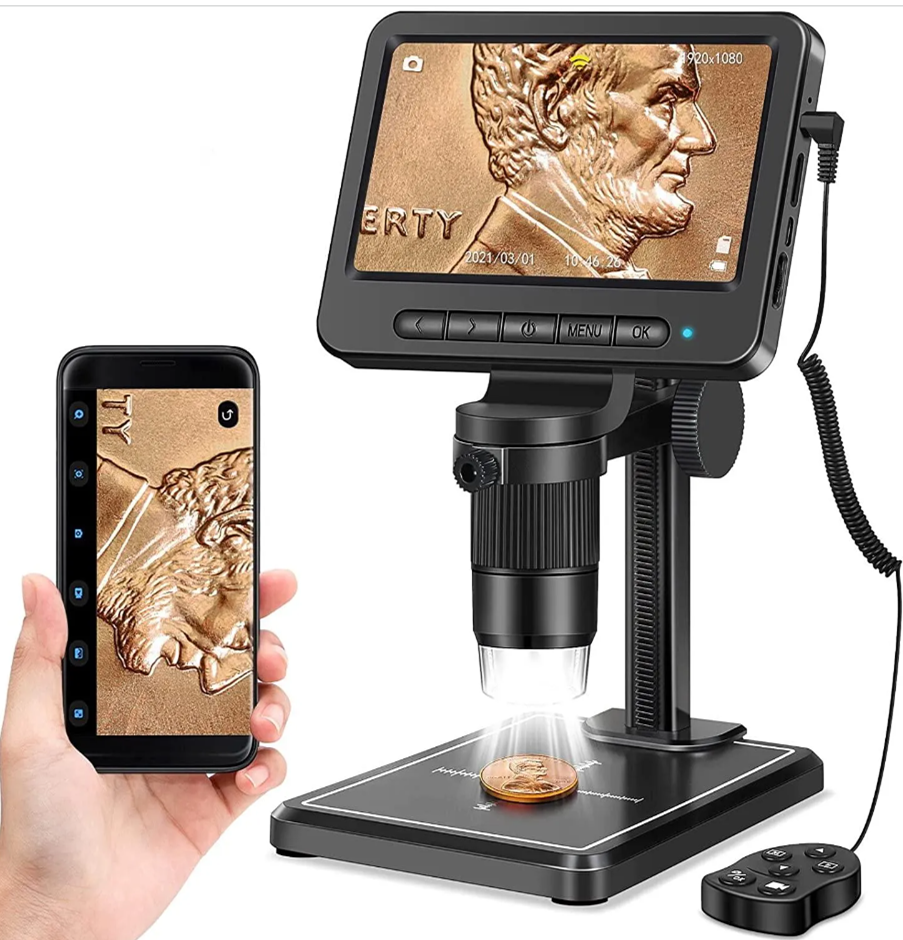
Coin & Relic Cleaning Supplies
Pair text with an image to focus on your chosen product, collection, or blog post. Add details on availability, style, or even provide a review.
- Choosing a selection results in a full page refresh.



